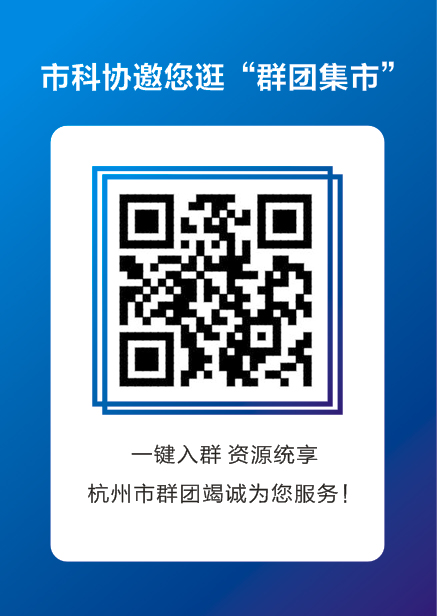 杭州市科学技术协会
杭州市科学技术协会
Second lecture of "Tiangong classroom" held in China Science and Technology Museum
Date:2022-03-25 21:13:40 Views:1025
Jointly launched by the China Manned Space Engineering Office, the China Association for Science and Technology (CAST), the Ministry of Education, the Ministry of Science and Technology (MOST) and the China Media Group (CMG), the second lecture of "Tiangong classroom" was held in China Science and Technology Museum (CSTM) on March 23, 2022.
At the China Science and Technology Museum – main venue of the second lecture of "Tiangong classroom", participating students interact with taikonaut lecturers on March 23, 2022.
Chinese Taikonauts Zhai Zhigang, Wang Yaping and Ye Guangfu of Shenzhou 13 flight once again delivered lectures to teenagers all over the country at the China space station.
This is an interactive activity between the taikonauts in the space and the students on the earth.
The CSTM, also known as the science and innovation experience base of the China space station, was set as the main venue of the activity with the No. 70 Middle School in Urumqi and the Tibet Museum of Natural Science as the sub-venues, attracting a total of 344 representatives of primary and secondary school students to participate on site.
The activity was live streamed worldwide through the China Central Television (CCTV), the China National Radio (CNR), the China Radio International (CRI), the new media platforms of CCTV News and other media platforms.
As of 18:00 on March 23, the total number of viewing at the new media platforms of CCTV News has exceeded 64.345 million, and the total number of reading of relevant microblog topics has exceeded 100 million, ranking 8th of that day’s real-time trending topics.
A total of 28 mainstream media including People's Daily and Xinhua News Agency made reports about the activity.
3 taikonaut lecturers demonstrated 4 experiments i.e. ice and snow, liquid bridge, water-oil separation, and parabolic motion under zero-gravity condition, and introduced scientific facilities at the China space station to national youngsters through the interaction links, all of which aroused the enthusiasm of Chinese youngsters to pursue science dream and space dream.
In order to give full play to the network effect of China’s science and technology museum system, which is also the education base of the spirit of scientists, the CSTM mobilized science and technology museums across the country to carry out the joint actions of “young students entering science and technology museums” and “science and technology museums entering campus and grass-roots organizations” to enhance the effect of the activity.
Totally 150 science and technology museums, 512 mobile science and technology museums, 408 science popularization caravans and 362 rural middle school science and technology museums participated in the activity.
Before and after the lecture, the national science and technology museum system organized local teenagers to carry out abundant space science popularization activities, and interacted with space science popularization experts at the sub-venues.
Worthy of a special mention was that during the lecture, each on-site participating student got an experimental resource package distributed by the CSTM and carried out the comparative experiments of the outer space simultaneously.
The CSTM attached great importance to the activity. Coordinated by the leading group, 8 special working groups were set up to cooperate with 20 plus external units such as the CCTV and the Beijing Aerospace Control Center (BACC) to organize the activity efficiently and orderly.
The activity is an upgrade and new start of the “Tiangong classroom” serial programs.
It is a new practice to meet the needs of the students in primary and secondary schools under the background of the central government’s policy of easing the burden of excessive homework and off-campus tutoring for students undergoing compulsory education.
It is a new measure to further implement the Outline of the National Scheme for Scientific Literacy (2021-2035).
Tag: China Science and Technology Museum, Science Communication, Science Education


